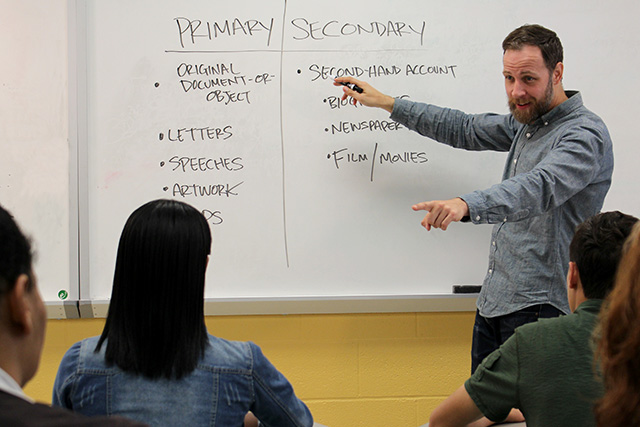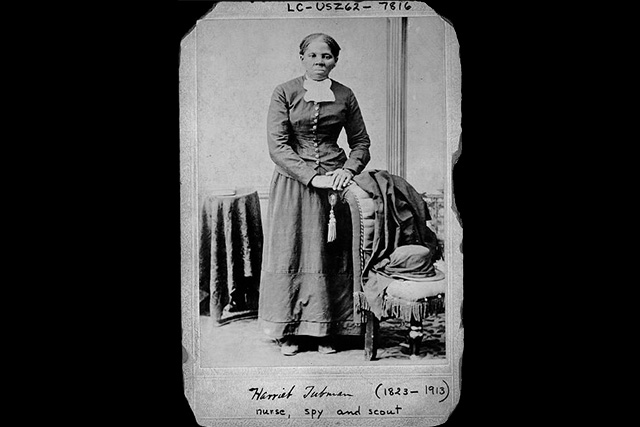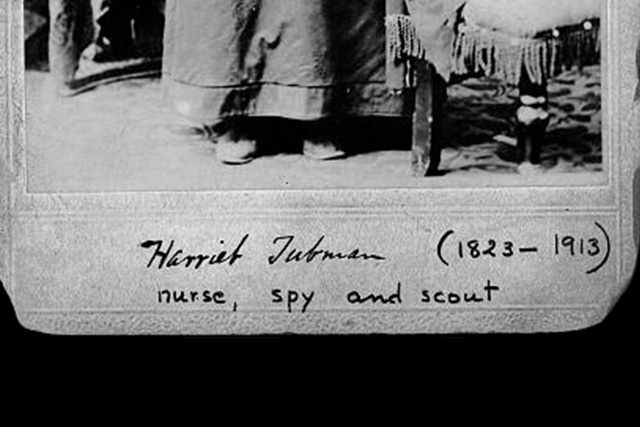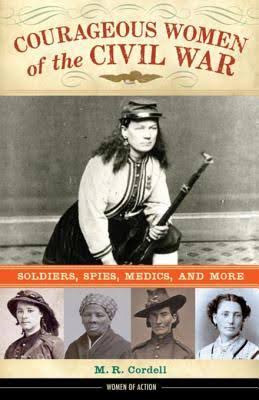Learn It
Defining Primary and Secondary Sources
I know I want to start a research project on the life of Harriet Tubman. What I know so far is that she was born into slavery in 1820 and she died in March 1913. Now it's time for me to take the next step. In order to learn more about Harriet Tubman and her work, I need to find different historical sources. These historical sources are called primary sources and secondary sources.
My teacher, Mr. Lexington, spent a whole class explaining the difference between primary and secondary sources. He said it is important to learn the difference, because it will help me to easily recognize important historical documents.
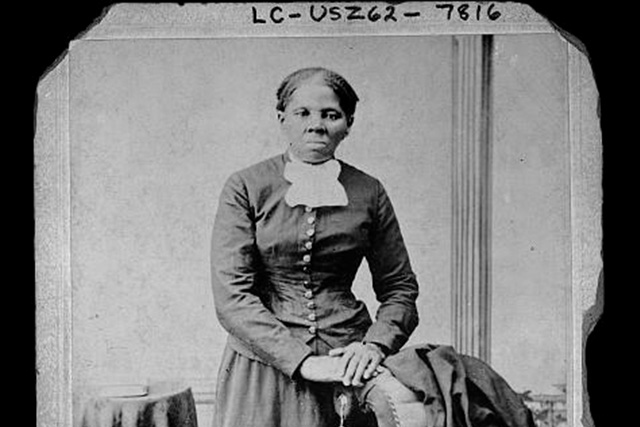
Primary sources are original documents that give a firsthand account of an historical event and are created by someone who participated in the event.
In the activity below, you will learn the definition and purpose of primary source and secondary source, and also find some examples.
That’s all fine and good, but I still need to know what a secondary source is. Here’s what Mr. Lexington taught us in class.
I have to be honest. The idea of secondary sources was a little confusing. I mean, why should I pay attention to what someone who lived 20 or 50 or even 100 years after Harriet Tubman says about her? Well, Mr. Lexington had an answer for that too.
Click through the following slideshow to see how Jasmine’s teacher, Mr. Lexington, helps her understand secondary sources.
